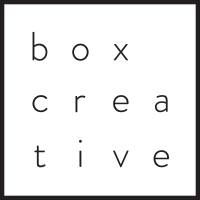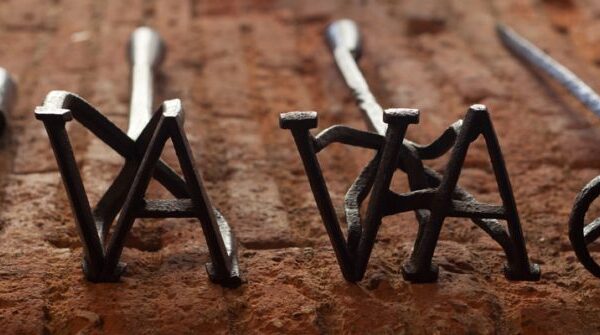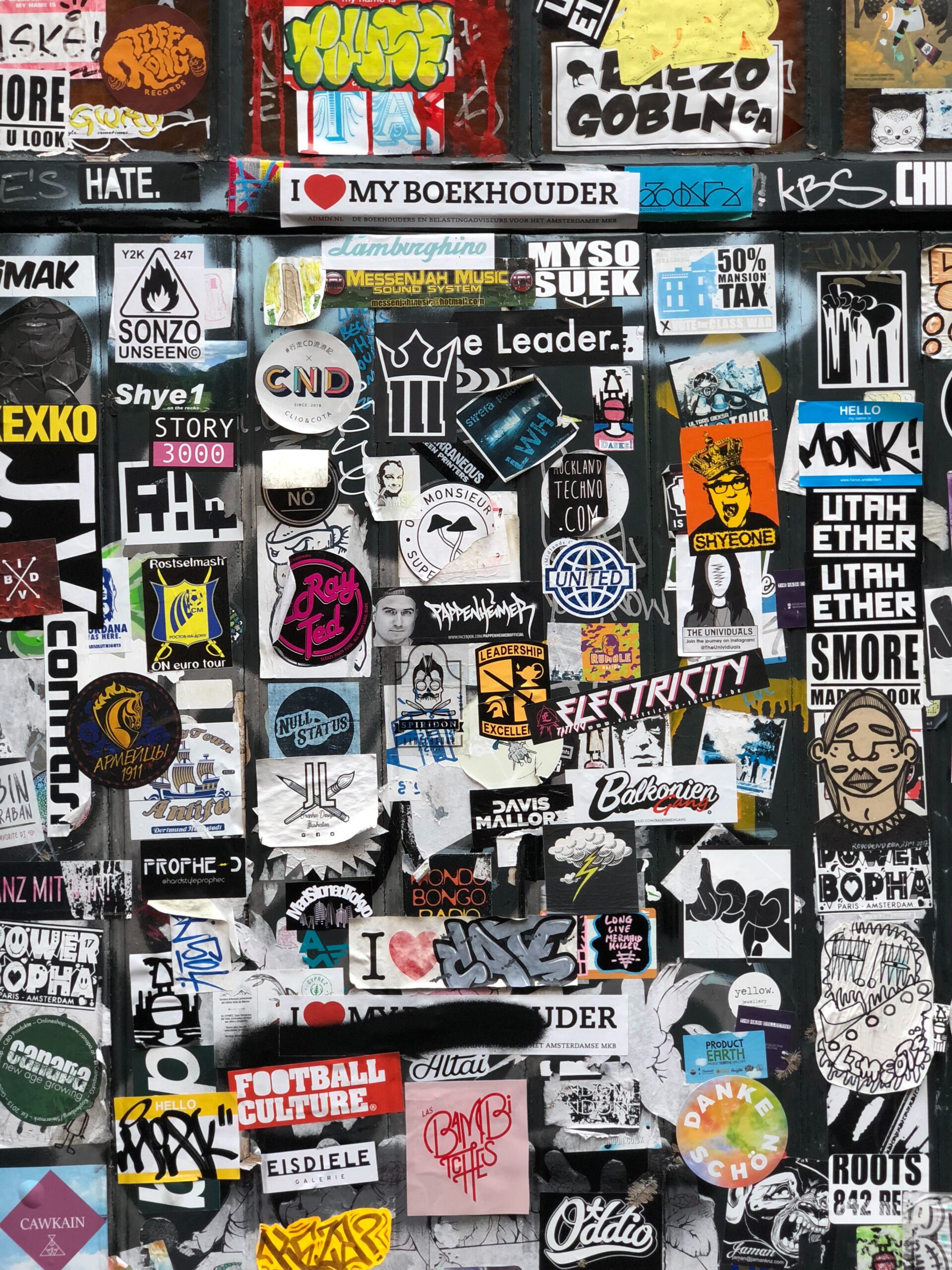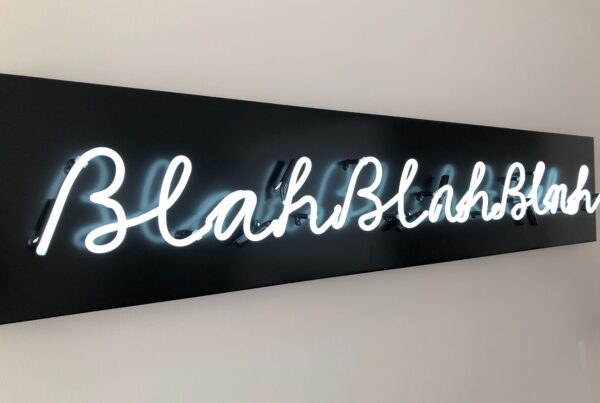So, why does a brand need a personality and what does that actually mean?
As part of my 4P’s and CORE IDEA framework, the final instalment covers PERSONALITY. A brand personality helps a company shape the way people feel about its product or service, purpose or mission. It defines how you show up, how you talk and walk, look and feel; beyond just visual communication.
We’ll explore what this means for your brand and how to discover yours.
Why is Brand Personality important?
Personality forms just one part of the 4P framework, each part has its individual, important role and space in the brand strategy. Personality is often misrepresented as purely visual component and undervalued. Design Strategy Director of 1HQ, Andy Kirk, captures the value and role of Brand Personality plays in the strategy process:

“Brand personality is very low on the list of priorities for marketing professionals, it’s been lost among the hype. But brands need personality simply to function, to have meaning, to be able to understand how they walk and talk and what clothes to wear and why some clothes don’t suit them. To be individual. And that also makes brand personality probably the most powerful and practical tool to judge whether creativity is on-brand. In other words, it is absolutely essential, not just to have, but to get right.”
Couldn’t say it better myself!
You may also like:
5 things to avoid when building your brand
The 4 P’s: Purpose – Turn your purpose into your drive
The 4 P’s: Point of Difference – turn your POD into your USP
The 4 P’s: Principles – Turn your principles into a great customer experience
So what is Brand Personality?
t can be described as a set of human traits or characteristics associated with, and attributed to a brand name. A brand personality is something to which the consumer can relate.
If your brand was a person, how would describe them?
Would your brand be a male or a female? Young or old? Friendly or edgy? Smart or funny? Helpful and clever? Feisty and glamorous?
People want to see the humanity within a business: Identifying human personality traits can help crystallise the experience you want to deliver. Human personality traits are a powerful element that can help you gain ground in the mindshare you wish to own.
Just as people have values, goals, beliefs (and even flaws), so do companies: These personality attributes speak to the emotional responses of your audience and allow your business to make a personal connection with them, to improve brand equity, popularity and engagement.
There are three primary areas we can look to for markers of brand personality: how a brand looks, speaks, and behaves.
-
Look: A brand’s look is its visual identity. It comprises its logo, colour palette, typography, imagery, marketing materials, etc. It is the overriding look and feel that becomes synonymous with that brand.
-
Speak: By this I mean the brands sound that is embodied in its voice. The style of language and messaging and the tone in which it’s delivered define your brand voice.
-
Behave: Brand behaviour refers to the context of the wider world and how it acts within it: the way it engages with customers to embed a feeling of identity and connection.
Ultimately, brands are such a ubiquitous part of modern life that we relate them like people. The connections we forge with our preferred brands also define who we are. It isn’t necessarily the brand itself with which we identify; it’s that brand’s personality and out alignment or connection to that.
In my framework I ask clients to complete the sentence:
“How do we look, speak and behave?”
“Our style and tone of voice should be XYZ”
But how do you get to that point? Where to begin?
What does a Brand Personality look like?
One example to work through is the Jennifer Aaker “Five Dimensions of Brand Personality” framework. She created this to describe and measure brand personality with five core dimensions that are each divided into a set of qualities. It is a model to describe the profile of a brand by using an analogy with a human being, since customers are more likely to purchase a brand if its personality is similar to their own. The brand personalities give consumers something with which they can relate, effectively increasing brand awareness and traction.
The Aaker traits from the Five Dimensions framework are:
Excitement – daring, imaginative, up-to-date, carefree, spirited and youthful outlook.
Sincerity – a feeling of warmth, kindness, thoughtfulness, and grounded in values.
Ruggedness – thought of as rough, athletic, tough, robust and outdoorsy.
Competence – leader, accomplished, successful influential, reliable and intelligent
Sophistication – synonymous with elegance, upper class, charming, prestige and sometimes even pretentiousness.
Which of these speak to you brand the most?
Discovering yours
It is vital to accurately define a brand personality that resonates with the correct consumer. This is because brand personality results in increased brand equity and defines the brand’s attitude in the marketplace.
In order to choose a brand’s personality, first consider the five personality types listed above and select the one the company wishes to convey, to use as the overriding trait.
Next brainstorm some adjectives that you feel align to the character of you brand.
Below are a few examples to help get you started:
Serious Rebellious Conservative Masculine Feminine Gentle Clever Feisty Sweet Whimsical Strong Old-fashioned Quirky Relaxed Elegant Quiet Neat Imaginative Witty Altruistic Leader Luxurious Humble Energetic Edgy Spiritual Intellectual Bold Innovative Caring Helpful Mature Adventurous Calm Healthy Warm Worldly Authoritative Liberal Youthful Reliable Different Fun Brave etc…
Once you have your exhaustive list, group similar words together that sit under a qualifying word.
For example:
Straightforward and Warm and Sociable = Friend
Idealistic and Different and Creative = Dreamer
Adventurous and Brave and Trustworthy = Hero
Assertive and In-control = Leader
Continue to categorise and group the long list of words you have and you will see which keywords have the most associated against them.
Using your personality
You’ll have your qualifying trait and three further words that relate to how you look, speak and behave.
Those are the personality traits your brand should be reflected in the language, visual identity, approachability and expression in all visual and verbal communications.
They form the basis for any brief for creating any brand assets – copy writers, videographers, designers, web developers. These guiding traits should be embodied in everything you create.
Ensure your creatives have the full brand strategy for context and the brand personality for creative guidance – and allow them to bring your brand personality and voice to life by doing what they do best!
Having a personality of value
The quirks and characteristics that differentiate a brand are what truly define it and where the value is — how it looks, speaks, and behaves in the world, and what these attributes reveal of its deeper self. This is the magic sweet spot for connecting with your audience and building an authentic relationship that lasts.
What is your brand’s personality? How do you look, speak, behave and what’s your tone of voice? Get your team together in a room, get your post it notes at the ready and find out.






